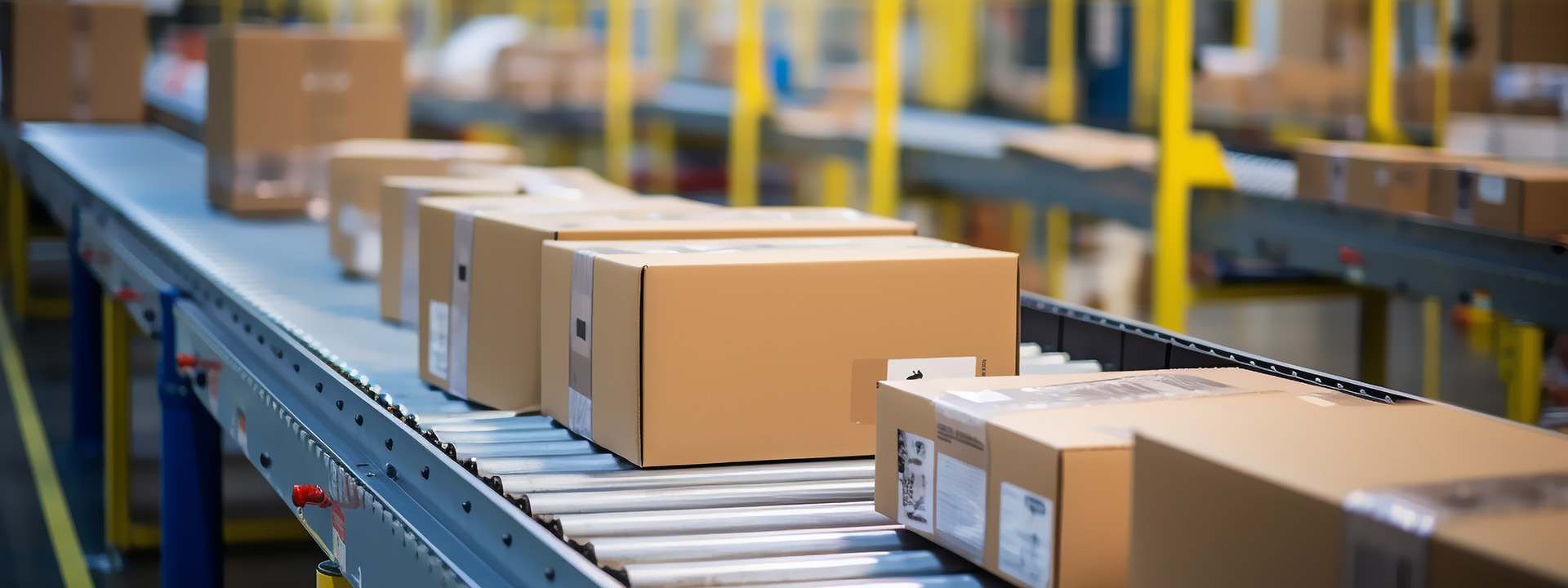
29 Mar How to Justify an Automated Warehouse
How to Justify an Automated Warehouse
Warehouse automation requires a large investment of time, talent, and money. Historically, automation made sense in high-turn operations, operating 24×7, and in areas with expensive or hard-to-find labor. The world is changing rapidly. This article is not about what technology type is better or which supplier is best, it about HOW and WHY to justify warehouse automation, not with WHAT or WHO.
Before diving into the details, we should acknowledge the following:
- Justification ≠ Investment. Labor savings is often cited as justification for automation. Fact is, labor rarely CAUSES investment in automation. Automation is often employed to provide capacity in locations or environments that make non-automated solutions less viable.
- Automation initiatives are risky. Overconfidence leads companies to make investments in solutions they don’t fully understand. Every user has a different threshold of pushing the boundaries of automation to maximize the benefits. The last 20% efficiency gain may add 80% of the project risk.
Automation suppliers have the usual list of justification factors cited as benefits and reasons to consider automation. The challenge is many of those factors have hard to pinpoint value or are justification factors that could be achieved through alternate means (process optimization, improved software, etc.) without large investments in automation.
Common Justification Considerations for Automated Warehouses
- Smaller building footprint (great for new builds, not always applicable for existing)
- Direct & Indirect Labor Savings (of course… we’ll get to this one)
- Energy savings (icing on the cake, but rarely CAUSE for investment)
- Tax advantages (equipment having faster depreciation schedule vs. buildings)
- Optimized worker ergonomics (oftentimes achievable through other means)
- Reduced product damage (rarely cause for investment)
- Control of downtime (yes and no…)
- Increased worker safety (oftentimes achievable through other means)
- Improved inventory accuracy (is conventional really so bad?)
- Eliminate physical inventory counting (this is a process question)
- Improved order accuracy (oftentimes achievable through other means)
- Maximize order fulfillment rate (some days yes, some days no)
- FIFO inventory rotation (manual warehouses have this figured out)
- Control of “quarantined” product (manual warehouses have this figured out)
- Improved product integrity (starting to grasp at straws)
- Maximize service reputation (yes or no, depending on project success)
From this list, building footprint and labor related to capacity or throughput are often the justification factors that CAUSE the investment in warehouse automation. The remaining items are icing on the cake. The following is a more in-depth look at a few of the common justification factor for automated warehouses:
Justifying Automation: Smaller Building Footprint
The advantage of smaller building footprint is rarely that an automated building costs less or that a smaller building has a reduced tax rate or requires less energy to heat and cool. Those savings are normally overwhelmed by the increased cost of automation. The advantage of a smaller building footprint is LOCATION, LOCATION, LOCATION. A smaller building can be closer to your customers, point of production, or employees. The prime location could be a plant-attached warehouse where existing space is limited and the only direction to go is UP. A significant percentage of automated high-bay warehouses are built as plant-attached warehouses (or expansions of existing facilities) where land for conventional buildings was either not available or wished to be reserved to accommodate future production increases. Automation was the only design choice that enabled sufficient storage in the limited space available. For new construction, the increased density offered by automation may allow building on land (close to producers or consumers) that would otherwise be too small for conventional designs. Of course, larger parcels may be available, but at such a cost as to make the additional investment in automation combined with a smaller lot size quite attractive.
When increasing capacities of existing buildings with automation, the sky is not always the limit. Limitations of existing buildings are things like: number of dock doors, truck lot sizing, refrigeration capacities, fire suppression systems, insurance, clear heights, floor condition and capacity, and numerous other factors. However, there are conditions where automating existing warehouse operations make good sense, and conditions when new automated facilities without land constraints make good sense. That’s up next…
Justifying Automation: Labor Savings
Labor is expended moving goods: unloading, receiving, transporting, storing, retrieving, picking, staging, and loading. Labor is not expended when goods are sitting on the shelf. A warehouse that is filled and emptied one time per year will have a difficult time justifying automation. There aren’t enough activity- based savings. As a general rule-of-thumb, for a typical pallet-handling warehouse, automation makes good sense when turning the inventory at least 12 times per year. Applications where the inventory is only turning 8 times per year may be marginal in terms of justifying automation based on labor savings (though other factors may be in play which compensate for the reduced activity).
Automated warehouses do not generate significant labor savings over 3 or 5 year time horizons in low and medium turn environments. However, labor savings over 7 years and in higher turn environments can be significant. That said, an automated warehouse often exchanges “forklift drivers” for “automation support personnel”. While there may be a difference in headcount, the payroll may be the same. However, as “volume” or “throughput” increases, the cost structure and capacity offered by automation begins to shine.
Labor CAUSES investments in automation when throughput or activity is high. When throughput or activity is lower, there may not be any payroll savings associated with automation. Each operation and facility will have different thresholds that constitute high-throughput vs. low-throughput; and whether labor savings in one area (e.g. forklift drivers) offsets labor increases in others (e.g. automation maintenance & support).
Of course, there is significant labor associated with case-picking or order-picking in a warehouse. As with justifying a pallet handling warehouse, the level of activity will dictate labor savings and justification potential.
Justifying Automation: Time Horizons
As the saying goes, the difference between a poor investment and a good investment is 10 years. Investments in automation are frequently judged against a 3-year payback benchmark (or less). Companies often evaluate an investment in automation using the same justification metrics used to decide whether to purchase a new printer for the office. Warehouse automation (whether in-house or 3rd party) should be viewed through the same lens as investing in the core business. It is an investment in equipment and systems that enables your business to service its customers. Whatever type of warehouse you build, whether conventional or automated, you surely plan to operate more than 3 years. Yes, the business requirements may change, but if you know the fundamentals of your business, a smart design will be sustainable through change. If we only planned around 3-year horizons we’d all be living, working, and warehousing in tents. We build structures and amortize them over decades. The equipment, systems, and processes inside those structures should be designed around similar timeframes.
Before you get started
The first step of any automation project is taking a hard look at your process: a poor process done faster with automation is still a bad process. Optimize the process, then apply automation. Automation is not a substitute for poorly managed operations. Every company needs to learn how to apply technology in their own operations, with their own people, systems, processes, and customer needs.


